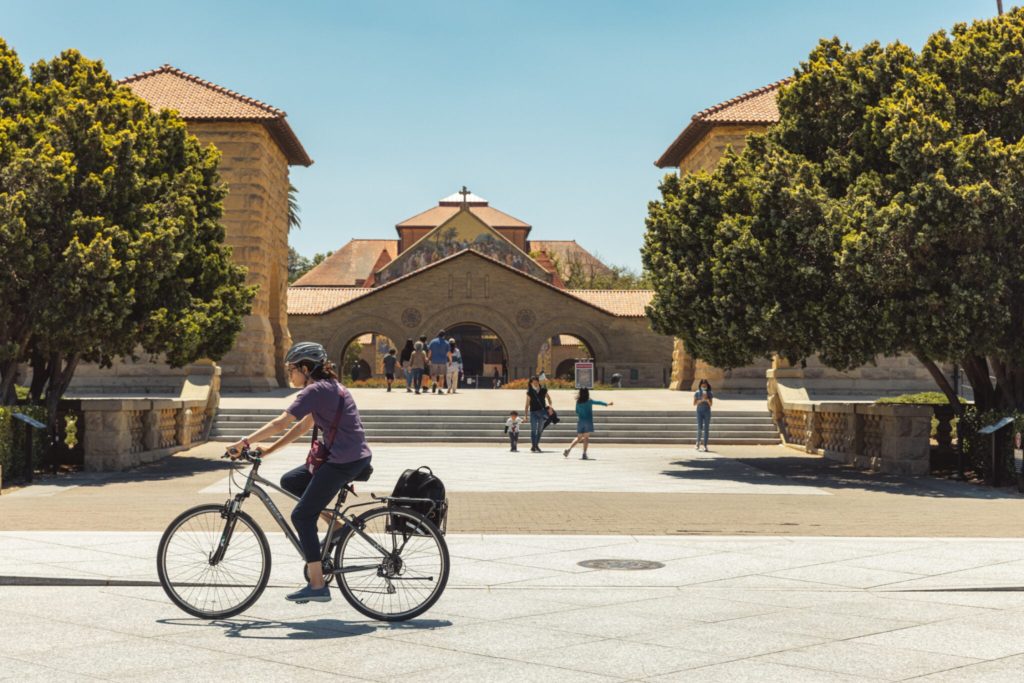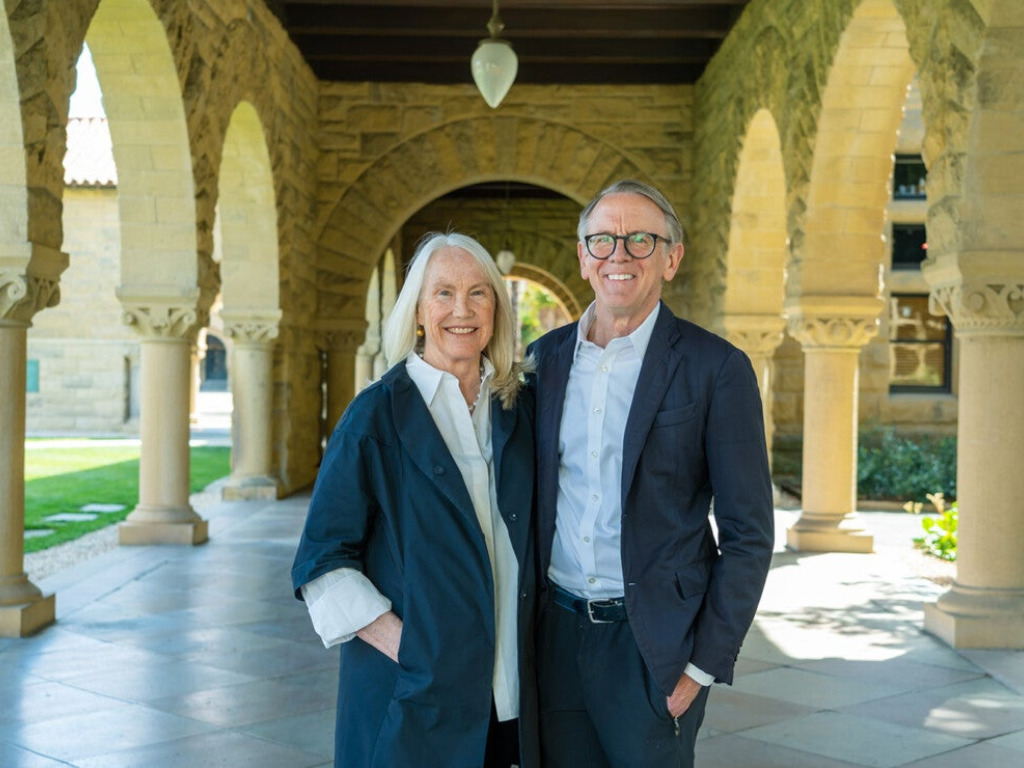4 Mins Read
California’s Stanford University has revealed that a new school will be opening at the start of the 2022 fall semester. The Doerr School of Sustainability has come about thanks to a $1.1 billion donation from John and Ann Doerr, plus gifts from other philanthropists. The focus of the school will be to identify and mobilise efforts to tackle the climate crisis, alongside sustainability limitations being faced by people and ecosystems globally.
The new school is the first to launch at Stanford in 70 years. Total donations have reached $1.69 billion, with the Doerr’s being the largest in the university’s history. It is hoped that the location will foster new depths of understanding and problem-solving in relation to the climate crisis. A fresh faculty, new facilities, and a new institute will form the school.

Supporting new generations of climate activists
“Stanford is making a bold, actionable, and enduring commitment to tackle humanity’s greatest challenge, and we have deep conviction in its ambition and abilities,” John and Ann Doerr said in a statement. “We believe the Stanford Doerr School of Sustainability will be a model for the interdisciplinary collaboration required to solve this existential challenge – and set a new standard for scholarship in the 21st century. Today’s real and pressing challenges – not least, solving our climate crisis – require that knowledge be channeled toward the building of practical, implementable solutions. This is the decisive decade, and we must act with full speed and scale.”
The sustainability school will focus its efforts on three expansive topics: earth, climate, and society. To drive solutions forward, three segments have been mapped out: academic departments, interdisciplinary institutes, and a sustainability accelerator designed to support new startups. In line with the mandate of the school, all new buildings will be sustainably constructed and include rooftop gardens.
“The Stanford Doerr School of Sustainability will not only harness the intellectual horsepower of our students, faculty, and staff across our campus, but also partner with external organizations around the world to co-develop innovative solutions and identify new insights through research and education,” Arun Majumdar, the new faculty dean said in a statement. “As is often said, we do not inherit the Earth from our ancestors, we borrow it from our children. We must create a future in which humans and nature thrive together.”

Who are the Doerrs?
A $1.1 billion gift isn’t a drop in the ocean for anybody, but the billionaire Doerrs see it as necessary for instigating the change that the environment needs. John Doerr is an engineer and venture capitalist, notable for being a pioneer of the cleantech movement in Silicon Valley. He frequently invests in zero-emissions tech. Ann Doerr is on the board of the Environmental Defense Fund and has served as part of Stanford Medicine’s Cancer Council. Between them, the Doerrs have previously supported many of Stanford’s initiatives and schools.
Alongside the Doerrs, a number of other donations have flooded in to support faculty hiring and foundational essentials, as prioritised by the dean. Fellow philanthropists the Filo’s have been instrumental in helping the school launch. Giving an unrestricted donation, they hope to allow the school to support the next generation of clean energy experts who can save the planet.
“David and I believe that by equipping the new school’s leaders with flexible support, we can accelerate progress on the challenging issues that need to be addressed to transition to a clean energy future,” Angela Filo said in a statement. “We believe the school will demonstrate how universities can create new knowledge and solutions to advance a more equitable, sustainable planet.”

Stanford is ready to launch
Come fall, the sustainability school will launch with a teaching body of around 90 existing faculty members from within the Stanford family. Over the next decade, it anticipates adding another 60 experts. The School of Earth, Energy, and Environmental Sciences will prove pivotal, with all faculty members transitioning over. Similarly, existing Stanford institutions for the environment and energy will be incorporated into the new school.
Universities looking to embrace sustainability
Though few schools are addressing sustainability to the extent that Stanford will now be able to, there is a widespread shift happening in U.S. colleges and universities.
UMass Amherst just revealed that its cafeteria menus will feature carbon labelling. The move is designed to encourage students to move towards plant-based foods, based on their lower environmental impact.
Elsewhere, schools serviced by Sodexo will soon see a huge increase in the percentage of plant-based meals. The food service provider has stated that it plans to convert 42 percent of its menus to meat-free recipes, in a bid to drastically lessen its operational footprint.
Lead photo by Edward Caldwell for Stanford.





